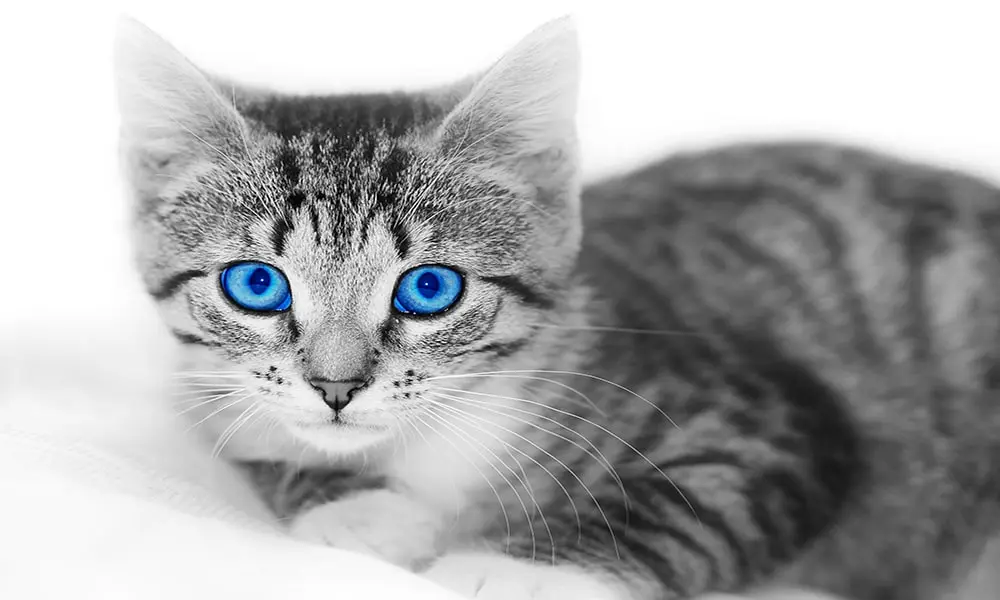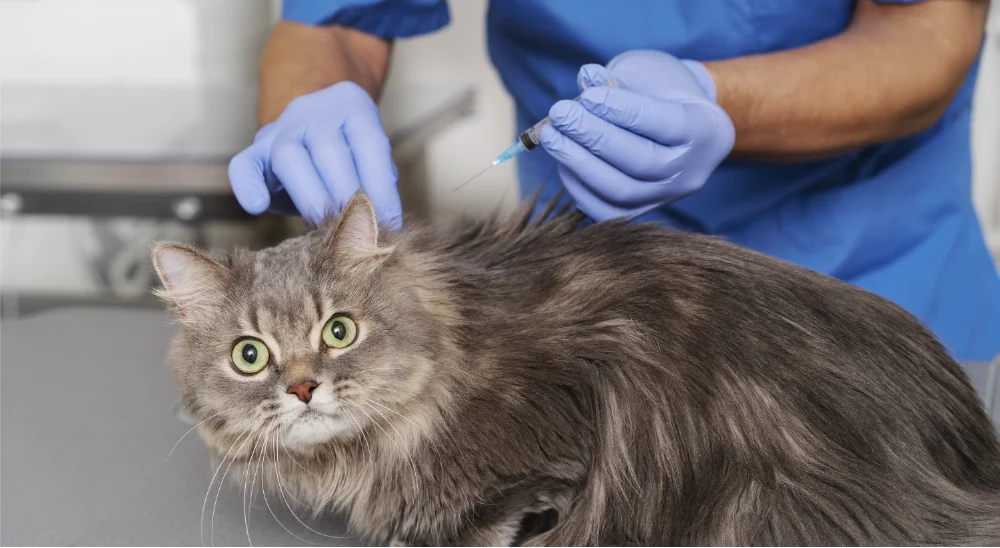What is a senseless fact about cats? A feline’s tongue contains various reverse confronting snares known as filiform papillae.
What is an intriguing reality about a feline’s eyelid? Cats can quickly and effectively remove debris from their eyes by controlling how their third eyelid moves if you think that cats slept most of their lives.
What are amazing Facts about cats?
- Cats are said to be the only mammals that cannot taste sweetness. Even though cats are myopic, they have infinitely better fringe and night vision than people.
- With five toes on each front paw and four on every rear paw, felines are considered to have eighteen toes.
- Cats can leap six times higher up a wall. Since a feline’s all’s paws point descending, they can’t drop trees recklessly. Instead, they must retreat down the trunk.
- Cats have no other bones connected to their collarbones because they are buried in their shoulder muscles. There are only 206 bones in humans, while there are 230 in cats.
- Your cat might be gazing at you since they have an extra organ that assists them with identifying fragrances in the air.
- Felines have the biggest eyes compared with the head size of any warm-blooded creature. When they move around, cats make very little sound.
- The thick, delicate cushions on their paws permit them to surprise their prey — or you! Cats can lick a bone clean of any meat with their rough tongues.
- When they jump or walk along narrow ledges, cats use their long tails to balance themselves. Cats “feel” the world around them with their whiskers to figure out which small spaces they can fit into.
- A feline’s hairs are by and large about similar width as its body. (To this end you ought to never under any circumstance cut their bristles.) Felines walk like camels and giraffes: They move both of their right feet first, then, at that point, move both of their left feet. No different creatures walk along these lines.
- Cats outnumber dogs in popularity in the United States.
- Sweetness can’t be tasted by cats. Researchers trust because a hereditary change influences key taste receptors.
- Exactly when cats don’t cover their poo, it is seen as a sign of aggression, meaning they don’t fear you.
Interesting facts about cats
1. The earliest pet cat ever discovered lived 9,500 years ago.
Your next dinner company will be amazed by this fascinating cat fact. This means that it is nearly 4,000 years older than Egyptian cat art, making it the oldest recorded pet cat!
2. Cats sleep for seventy percent of their lives.
you would be right. Felines rest for thirteen to sixteen hours every day, or 70% of their life expectancy, as per the Veterinary Center.
A cat’s life!
3. For twenty years, a cat served as the elected leader of a town in Alaska.
For twenty years, Talkeetna, an Alaskan tiny town, was led by an orange tiger cat named Stubbs as mayor! Despite not having any legislative authority, he won several elections without opposition and was well-liked by both residents and visitors.
4. The longest cat in history is 48.5 inches.
The majority of people envision domestic cats as somewhat diminutive and delicate animals. However, did you know that Stewie, a Maine Coon, was 48.5 inches long and the longest cat in the world? However, Arcturus held the title for being the tallest cat, standing a staggering 19.05 inches tall! Those kitties are quite large.
5. The earliest pet cat at any point found lived quite a while back.
Your next supper organization will be astounded by this captivating feline truth. Once, it was believed that Egyptians domesticated the cat. A feline’s life! However, in Cyprus, a 9,500-year-old cat entombment place was found by French experts in 2004.
6. A cat burns through over two-thirds of its life resting.
You would be correct in accepting that you expected that cats snoozed for most of their lives. Cats truly rest for thirteen to sixteen hours out of every day, or 70% of their future, as shown by the Veterinary Center.
7. The longest cat ever was 48.5 inches.
Those cats are very large. Stood out from people or canines.
8. Cats have fewer taste buds.
Diverged from individuals, who have 9,000 taste buds, or canines, who have 1,700, cats have around 473 taste buds. Sweet, salty, bitter, and sour flavors can be smelled by cats, but they cannot taste them.
9. Pits Don’t Influence Felines
It is not necessarily the case that felines don’t experience dental sickness; truth be told, dental issues influence upwards of 90 felines more seasoned than 4 years of age. Nonetheless, because feline teeth are pointed as opposed to level like human teeth, they don’t get the very sorts of pits that people do.
Rather, cats get resistant sores, which make their dentin and cause torment in their mouths. Periodontal sickness, stomatitis, and gum disease can likewise strike felines.
10. A cat’s Hairs Can Feel Human Fingertips
Feline bristles have roots that are triple further than those of ordinary fur, and they are thicker and coarser. Like radio wires on bugs, they are put decisively on the feline’s face to give faculties to assist with driving a feline during the day, further developing vision and helping with the route.
They compensate for their nearsightedness, though, with exceptional night vision. Cats’ eyes have a tapetum, or “reflective mirror,” in the back and additional rods, which are cells that specialize in the dark. Because of the way these functions interact, cats can see in eight times less light than humans.
Conclusion
Due to their unique visual spectrum, felines perceive blue and yellow colors most effectively, while red and green appear as gray tones. Their striking life structures, from 230 issues that remain to be worked out hairs, add to their dexterity and tactile ability. Felines, both old sidekicks and present-day wonders, keep on enthralling with their captivating ways of behaving and transformations.
FAQs
Q. Can cats remember things well?
Felines have a magnificent memory, both short and long haul What do felines drink? Felines ought to just truly drink one thing to remain hydrated – water.
Q. Do cats have dreams?
Purina’s “Cat Dreams Unveiled: Investigating Feline Sleep Mysteries” Feline Dreams Are Genuine Very much like people and different creatures, felines use dreaming as a method for handling and figuring out the occasions of their day.
Q. Can Cats see well in the dark despite being nearsighted?
All of this is a result of those delicate whiskers! Cats have nearsightedness compared to humans because of how big and forward their eyes are on their faces. They have trouble focusing on anything smaller than the foot standing in front of them.
Q. Are cats a fan of music?
Felines Like Music Alleviating Music For Felines. The most recent examination proposes that while felines could like music, they don’t like human tunes.
Q. Are cats aware of their names?
Cats can learn to recognize their names and even respond to them.




One Comment on “Facts about cats”